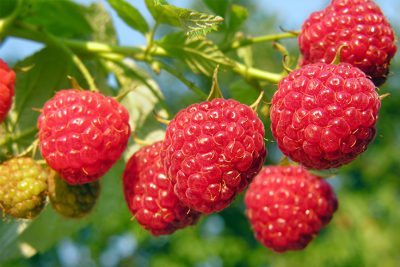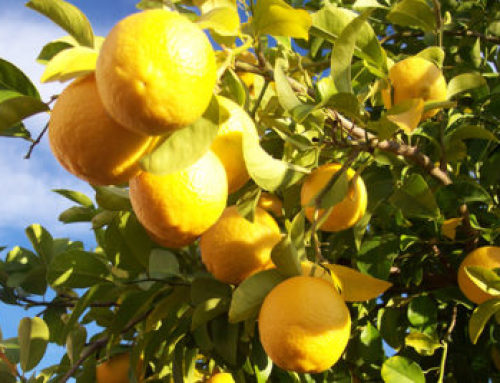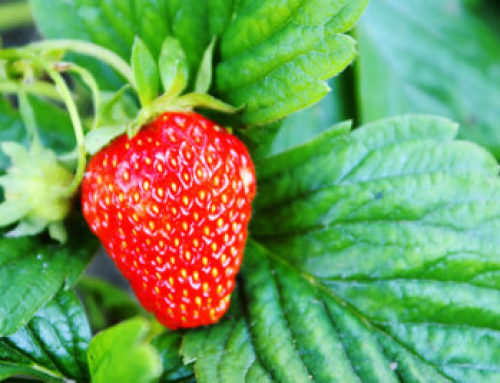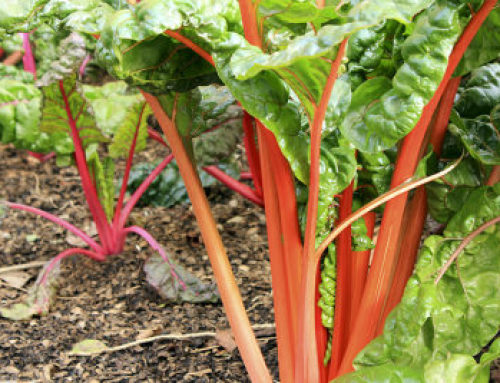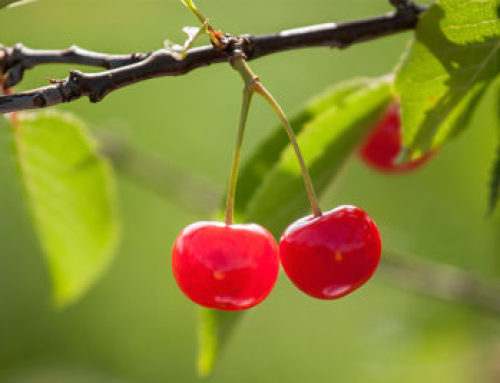Raspberries are a great fruit to eat straight from the plant, for freezing and for making into jams and preserves.
This popular fruit can be divided into 2 categories: Summer Fruiting and Autumn Fruiting. Both need good, fertile, weed-free soil with good drainage. Autumn fruiting types will produce a small crop in the same year of planting, whilst summer fruiting types will not crop until the following year (i.e. 18 months after planting), so choose your varieties carefully to have continuation of crop.
As they are often very expensive in the shops, growing your own is also a cost effective way to enjoy this fruit.
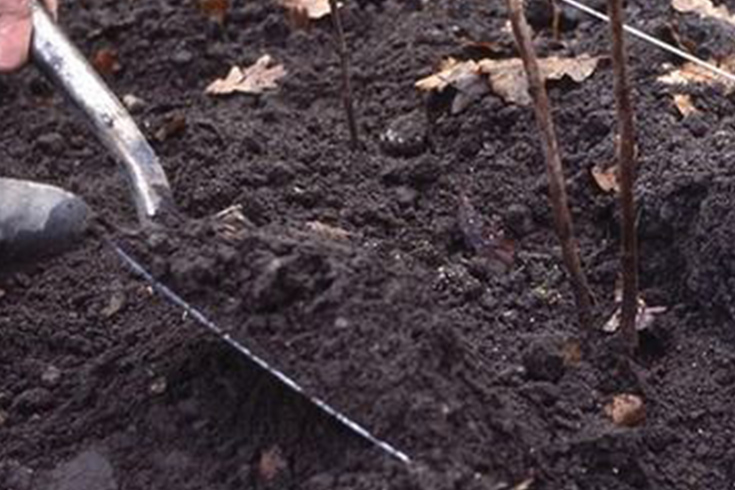
Step 1: Planting Raspberries
Canes should be planted 2-3 inches deep and around 16 inches apart. This is generally done in autumn or early winter. Prepare the soil well before planting canes by digging in lots of Gro-Sure Farmyard Manure and then mulch again in spring.
Birds can be a major nuisance and so raspberries are best protected by netting or a fruit cage.
Step 2: Pruning Raspberries
Pruning varies depending on whether you have Summer or Autumn Fruiting varieties. Summer fruiting should be have all fruited canes pruned back to ground level after cropping. New canes can then be tied to support for next seasons fruit to grow on. Autumn fruiting raspberries fruit on new canes and so all should be cut to ground level in February time. New shoots will then emerge and produce fruit later that year.
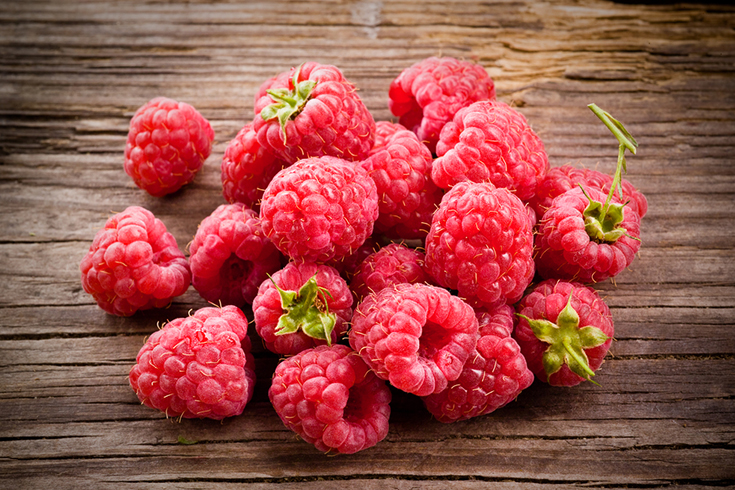
Step 3: Harvesting and Storing Raspberries
Pick the fruit as it becomes ripe. The fruit is best eaten straight from the plant. Raspberries can be frozen, bottled and turned into jam.

